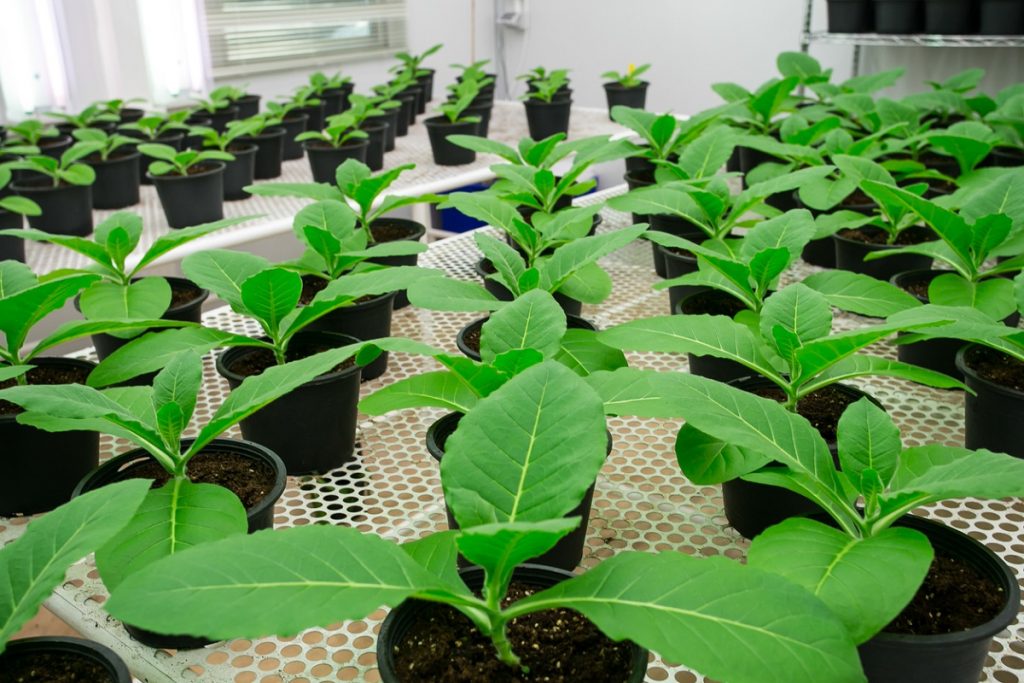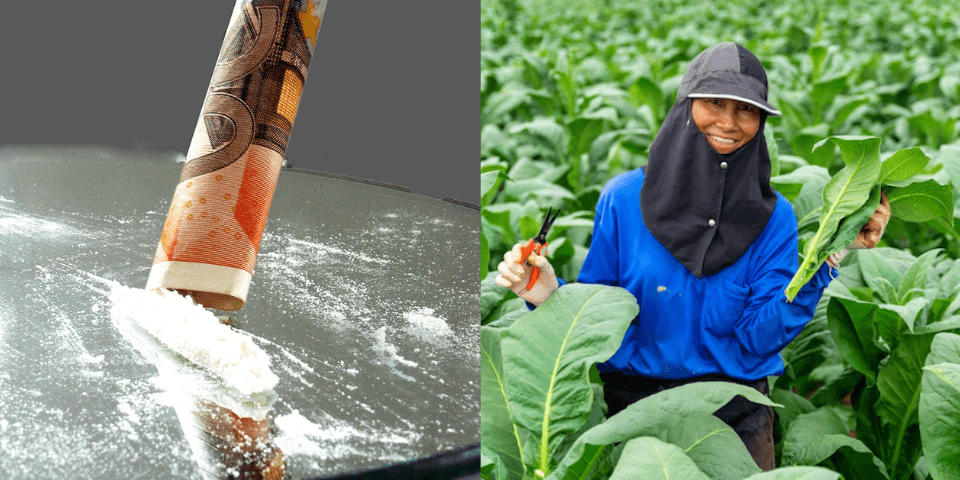For over a century, scientists have sought to devise a method to quickly and cheaply synthesize massive amounts of cocaine yet have been baffled by the drug’s mysterious biochemistry. However, the authors of a new study appear to have finally cracked the conundrum by genetically altering a type of tobacco plant to produce the white stuff.
The experiment was conducted by a team at the Kunming Institute of Botany in China, where the researchers managed to alter the tobacco plant species Nicotania benthamiana to produce enzymes that can produce cocaine in its leaves when dried.

“Cocaine (hydrochloride) is a highly addictive drug that acts as a short-lived central nervous system stimulant and local anesthetic,” the NHS explains. “It’s extracted from the leaves of coca plants and is generally snorted.” The addictive alkaloid is produced naturally by the E. coca plant and can be extracted by drying its leaves. While cocaine is notorious as an illegal drug, it has also been used in medical practices as a local anesthetic or to narrow blood vessels to stem bleeding. However, pharmaceutical companies are limited in the ways they can produce the drug, as key steps in its biosynthesis have remained a mystery.

Until now, scientists have not known how the precursor chemical MPOA is converted into a section of the cocaine molecule, methylergonovine. In their paper, published in the Journal of the American Chemical Society, the scientists finally discovered what was missing. Two enzymes, EnCYP81AN15 and EnMT4, are essential for this conversion reaction to form methylecgonone.
With this knowledge, the researchers turned to the tobacco plant, whose leaves contain a substance called omithine, which is chemically similar to MPOA and is also converted by the two enzymes. The researchers were able to genetically modify the N. benthamiana plant to produce the enzymes themselves. This modification meant that the tobacco plant could produce methylecgonone, the backbone of cocaine, in its leaves. Experiments showed that the modified plant could produce about 400 nanograms of cocaine per milligram of the dried leaf—considerably less than a coca plant.


